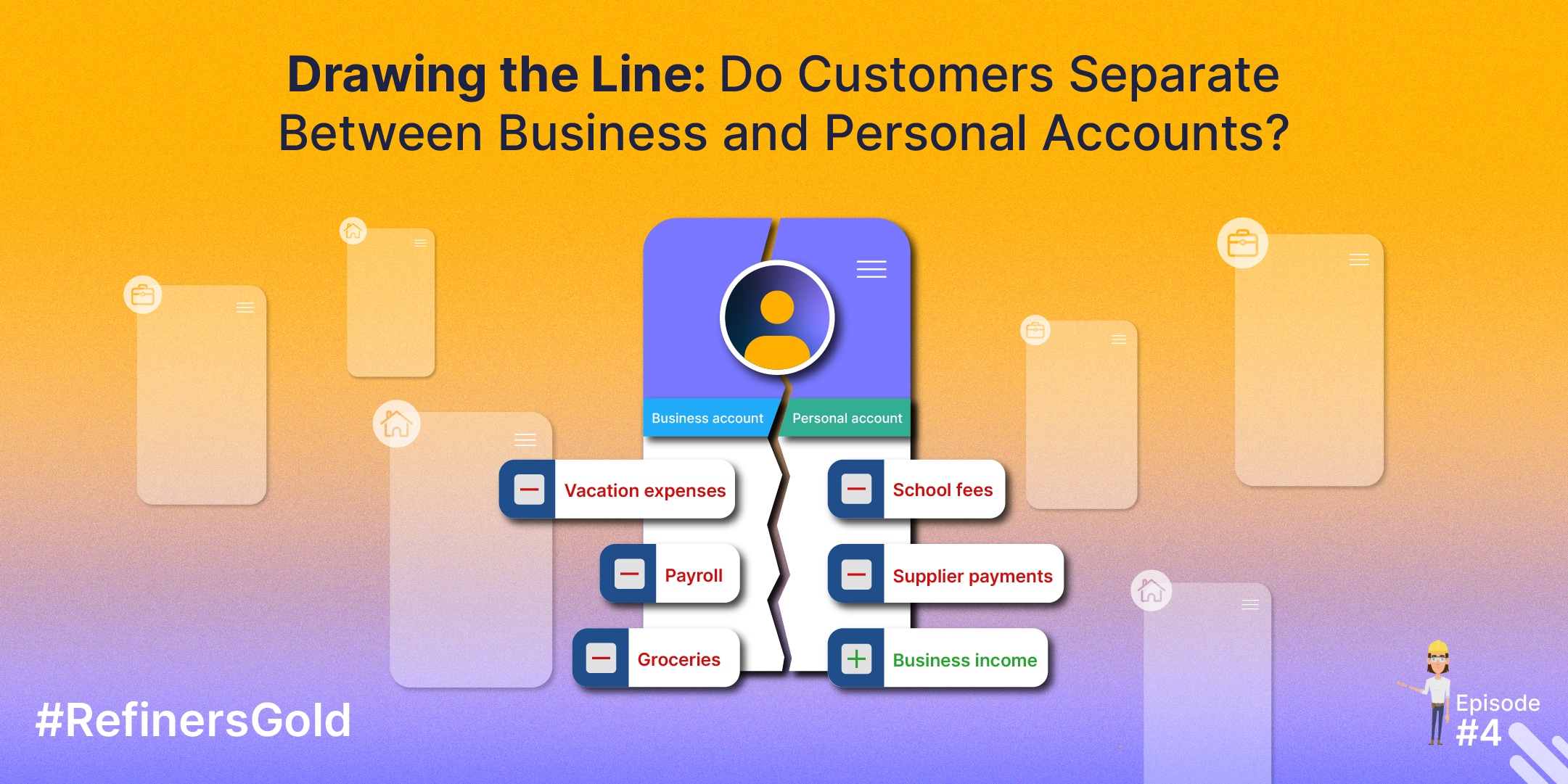Driving business-related activities through a personal banking account isn’t advisable. Your bank will tell you so, your accountant will tell you so, and your local friendly tax authority will definitely tell you so. But do people follow this advice? How many consumers mix business money with their personal account?
The answer may come as a surprise. A whopping 18% of AML alerts involving cash-in payments (cash, checks or ACH) to personal accounts are actually business income. They stand out of the normal consumer activity, they raise red flags, and they shouldn’t really be there: one shouldn’t mix business and personal.
And it’s not just cash-in payments: 9% of AML alerts involving cash withdrawal and 11% wire-out transfers are confirmed by customers asking about it as business expenses — which demonstrates how widespread of a practice this is.
Another highly interesting piece of statistics extracted from our data reveals that the account owner population that uses personal accounts for business activity is split into two groups:
- 36% of personal account owners with confirmed business expenses/income have no active business accounts at the bank.
- 64% of personal account owners with confirmed business expenses/income have active business accounts in addition to their personal accounts. Meaning, that business owners are knowingly mixing business and personal activities in both accounts.
There are several implications to all of this:
Account owners in the first group miss out on a tremendous opportunity. They simply don’t have access to a variety of financial services and products tailored to businesses. These services include loans, credit lines, cash flow management tools, activity limits, approved signatories, B2B payment methods and reduced fees, not to mention business credit cards. Therefore, customers are not leveraging critical services that would streamline operations and help generate growth. On the bank’s side, there is untapped potential because these small businesses are not using revenue-generating services and products.
Customers in the second group are violating bank policies that may impair business operations and cash flow management. Policy violations can have serious consequences for both the customer and the bank, including financial loss, regulatory action, and damage to reputation. The bank usually issues a notification to the customer, informing them of the policy violation and providing guidance/educational material on how to correct the situation.
Finally, there’s that little thing called taxes. The IRS is pretty strict about keeping personal and business expenses separate. If you mix them up, you might end up facing audits, fines, or other legal headaches. In fact, according to TurboTax, one of the main reasons small businesses get audited by the IRS is because they mix personal and business expenses.
To summarize, keeping personal and business finances separated is a smart move for any entrepreneur or small business owner. It helps them stay organized, comply with tax laws, look professional to others, and make better financial decisions. So, if you’re a business owner, be sure you’re drawing that line between business and personal banking. It’s also a great opportunity for banks to engage directly with customers (via digital channels) to educate them about best practices regarding business operations and cash-flow management.






